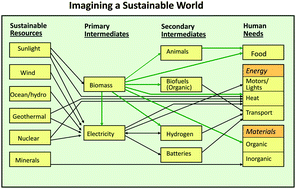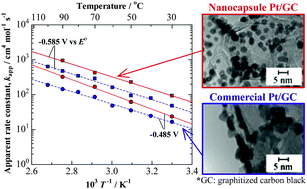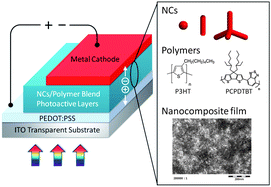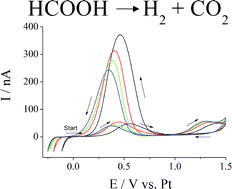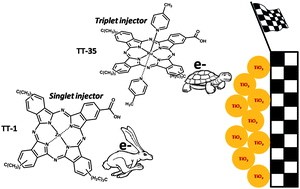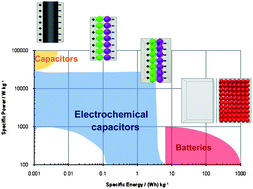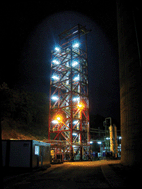
The future of CO2 capture – amines or calcium? Is there a viable alternative to land-filling carbon? These issues and more are discussed in this technical review of CO2 capture technology.
An overview of CO2 capture technologies
Niall MacDowell, Nick Florin, Antoine Buchard, Jason Hallett, Amparo Galindo, George Jackson, Claire S. Adjiman, Charlotte K. Williams, Nilay Shah and Paul Fennell
Energy Environ. Sci., 2010, DOI: 10.1039/C004106H











